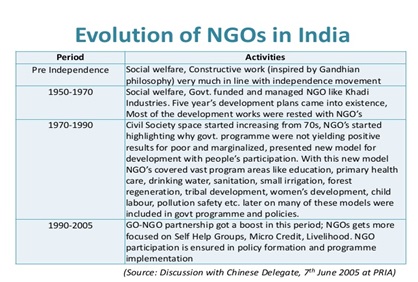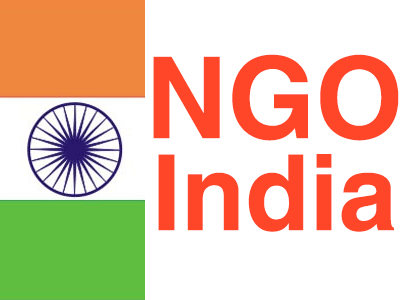Background:
- Last year, An Intelligence Bureau report apparently blamed NGOs for the slump in India’s GDP. In other words, the report blamed NGOs as the major stumbling blocks to the government’s avowed pursuit of development.
- It also said that only a small percentage of NGOs receiving foreign funds were submitting annual returns as required by law. One NGO mentioned was Greenpeace India.
Now, the news:
- Non-governmental organisations will soon have to start furnishing details of foreign funds received and utilised by them for `civil rights advocacy’.
- ‘Civil rights advocacy’ is a new category created by the home ministry to ascertain whether NGOs are using funds specifically for issues such as human rights, democratic rights, natural resources and religious discrimination.
- In addition to this, every NGO in the country will have to put out details on its website within a week of getting foreign contribution of any value while banks will have to report all such receipts to the government within 48 hours of the transfer from abroad.
- The ministry has created yet an other category, `Research’, under which NGOs will have to specify spending of foreign funds on re search, seminars, conferences, publications and lectures.
- NGOs will have to also submit details of any social media account on Facebook or Twitter that it is operating, an apparent effort to keep , tabs on social media campaigns.

Points to ponder:
- India has possibly the largest number of active non-government, not-for-profit organizations in the world. A recent study commissioned by the government put the number of such entities, accounted for till 2009, at 3.3 million. That is one NGO for less than 400 Indians, and many times the number of primary schools and primary health centres in India.
- According to the government study, the largest number of NGOs are registered in Maharashtra (4.8 lakh), followed by Andhra Pradesh (4.6 lakh), UP (4.3 lakh), Kerala (3.3 lakh), Karnataka (1.9 lakh), Gujarat (1.7 lakh), West Bengal (1.7 lakh), Tamil Nadu (1.4 lakh), Orissa (1.3 lakh) and Rajasthan (1 lakh). More than 80 per cent of registrations come from these 10 state.
- The government has been the biggest donor — Rs18,000 crore was set aside for the social sector in the XI Plan — followed by foreign contribution.
AffairsCloud Recommends Oliveboard Mock Test
AffairsCloud Ebook - Support Us to Grow
Govt Jobs by Category
Bank Jobs Notification





